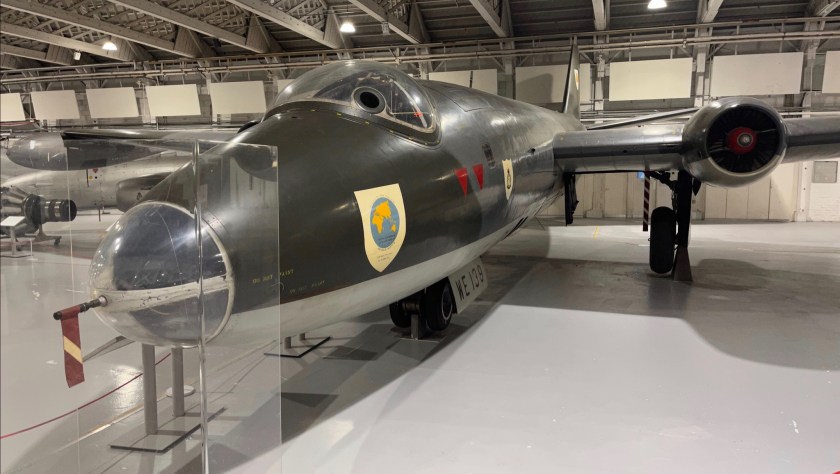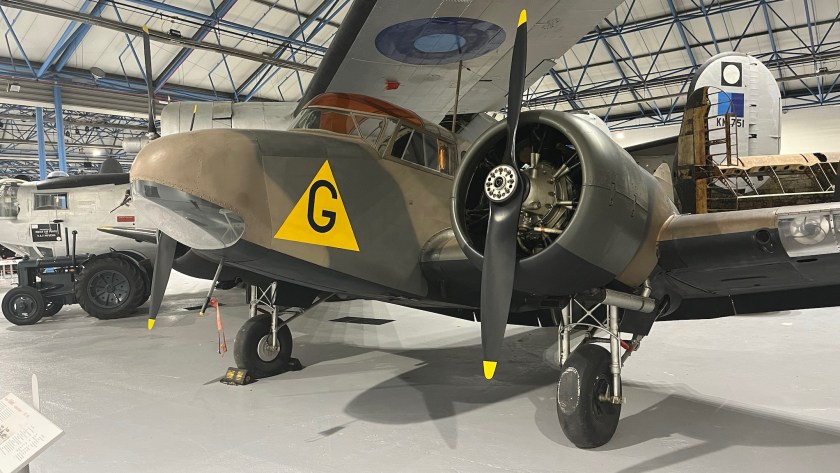
The English Electric Canberra is a British first-generation, jet-powered medium bomber. It was developed by English Electric during the mid to late 1940s in response to a 1944 Air Ministry requirement for a successor to the wartime de Havilland Mosquito fast bomber. Among the performance requirements for the type was an outstanding high-altitude bombing capability and high speed. These were partly accomplished by making use of newly developed jet-propulsion technology.

When the Canberra was introduced to service with the Royal Air Force (RAF), the type’s first operator, in May 1951, it became the service’s first jet-powered bomber.

In addition to being a tactical nuclear strike aircraft, the Canberra proved to be highly adaptable, serving in varied roles such as tactical bombing and photographic and electronic reconnaissance. Canberras served throughout the Cold War, in the Suez Crisis, Vietnam War, Falklands War, Indo-Pakistani wars, and numerous African conflicts. In several wars, each of the opposing sides had Canberras in its air force.

The Canberra served for more than 50 years with some operators. In June 2006, the RAF retired the last three of its Canberras 57 years after its first flight.
















